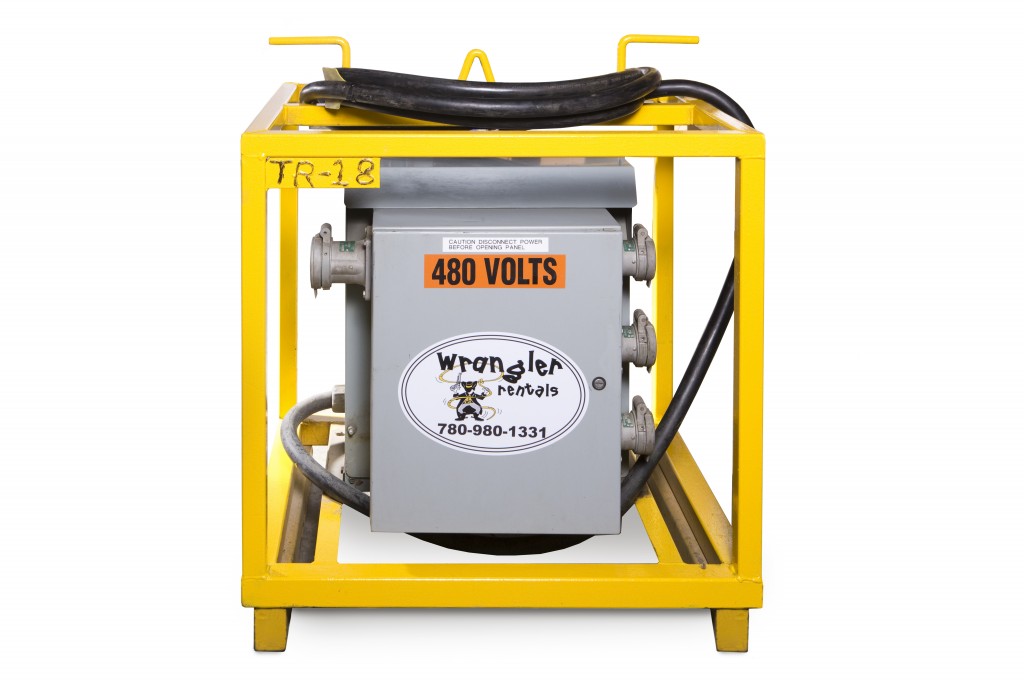How Superior Oilfield Rentals oilfield enhances safety on-site
All Regarding Oil Field Equipment and Pipeline Equipment: Key Insights and Essential Details
Oil field equipment and pipeline systems play a pivotal function in the oil and gas sector. They are important for the effective removal and transportation of hydrocarbons. Secret components, such as piercing rigs and storage space tanks, directly effect functional success. Meanwhile, improvements in technology guarantee to boost safety and security and efficiency. Comprehending these components is essential for anyone involved in or interested in this complicated market, as it establishes the phase for much deeper exploration of industry methods.

Overview of Oil Field Equipment
As the need for oil continues to grow, recognizing the devices used in oil areas becomes significantly necessary. Oil field equipment includes a wide range of equipment and tools vital for exploration, removal, and processing. Trick elements consist of drilling rigs, which are essential for reaching oil storage tanks, and production devices, such as separators and pumps, that facilitate the removal procedure. Superior rentals squeeze tools. Furthermore, tank play a considerable duty in holding petroleum prior to transport. Safety devices, consisting of blowout preventers and pressure evaluates, ensures functional safety and effectiveness. Each item of tools functions cohesively to enhance manufacturing and keep reliable operations. Knowledge with this equipment is crucial for specialists in the sector to guarantee successful operations and adherence to security criteria
Sorts Of Drilling Rigs and Their Applications
Drilling rigs work as the backbone of oil extraction operations, with different kinds made for details geological problems and functional needs. The most common types include rotating boring rigs, which utilize a rotating drill little bit to penetrate the earth, and cable television tool rigs, recognized for their percussion drilling method. For offshore operations, jack-up rigs and semi-submersible rigs provide stability and support in aquatic settings. In addition, directional exploration rigs make it possible for drivers to pierce at angles, getting to deposits that are not vertically available. Each rig type has distinct advantages, optimizing performance and safety and security based upon the boring atmosphere. Choosing the appropriate gear is essential for making best use of source extraction while reducing environmental influence and functional expenses.

Crucial Pipeline Equipment and Their Features
Pipeline facilities is essential for the transport of oil and gas from extraction websites to processing facilities and end-users. Various crucial tools components promote this process. Pipes themselves function as the key channels, designed to hold up against high pressure and harsh substances. Pump terminals are crucial for keeping flow by click this site enhancing pressure along the pipeline. Shutoffs play a crucial role in controlling flow and isolating areas for maintenance. Furthermore, fittings and ports assure protected joints in between pipe areas. Keeping an eye on systems, including flow meters and stress sensors, are important for detecting leaks and maximizing flow rates. Ultimately, pigging equipment is utilized for upkeep and cleansing, protecting pipeline stability and performance. With each other, these parts form the backbone of a reliable pipeline system.
Innovations and Technologies in Oil and Gas Equipment

Security and Upkeep Practices in the Oil Industry
While the oil market has actually made substantial strides in technology and effectiveness, the importance of robust security and upkeep practices can not be overstated. Effective safety and security protocols are necessary to protect workers and the atmosphere, lessening the risk of mishaps and spills. Routine evaluations and upkeep of devices assistance recognize possible concerns prior to they rise, making certain operational integrity. Training programs for employees are crucial, highlighting the value of safety understanding and emergency action treatments. In addition, adherence to sector laws and criteria cultivates a society of safety and security. Applying advanced surveillance modern technologies can further enhance upkeep techniques, permitting real-time analyses of tools problems. Inevitably, prioritizing safety and maintenance is integral to the sustainability and success of the oil industry.
Regularly Asked Inquiries
What Are the Ecological Effects of Oil Field Equipment?
The environmental influences of oil field pop over to this web-site equipment include environment damage, water contamination, and air pollution (Superior Rentals fusion machines). Furthermore, equipment breakdown can lead to spills, detrimentally impacting wild animals and environments, highlighting the need for rigid policies and surveillance
Exactly How Is Oil Field Equipment Transported to Remote Locations?
Moving oil field equipment to remote locations usually involves customized vehicles, helicopters, or barges. Logistics business coordinate courses, guaranteeing tools gets here securely and efficiently, thinking about surface and ease of access to lessen delays and make best use of productivity.
What Regulative Requirements Govern Oil Field Equipment?
Regulatory requirements regulating oil field equipment largely include security, ecological defense, and functional efficiency guidelines. Agencies such as OSHA and EPA enforce these policies to ensure secure techniques and minimize ecological effect in oil removal procedures.
What Abilities Are Required to Run Oil Area Equipment?

How Do Oil Costs Impact Equipment Demand and Usage?
Oil costs greatly influence tools need and usage. Greater prices usually result in boosted exploration and manufacturing tasks, driving demand for equipment. Alternatively, reduced rates may cause decreased operations and decreased need for tools.